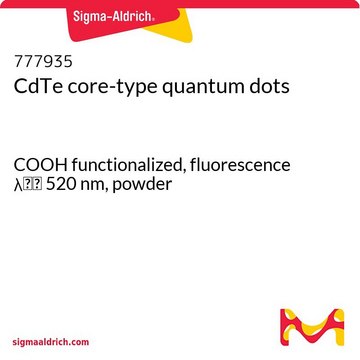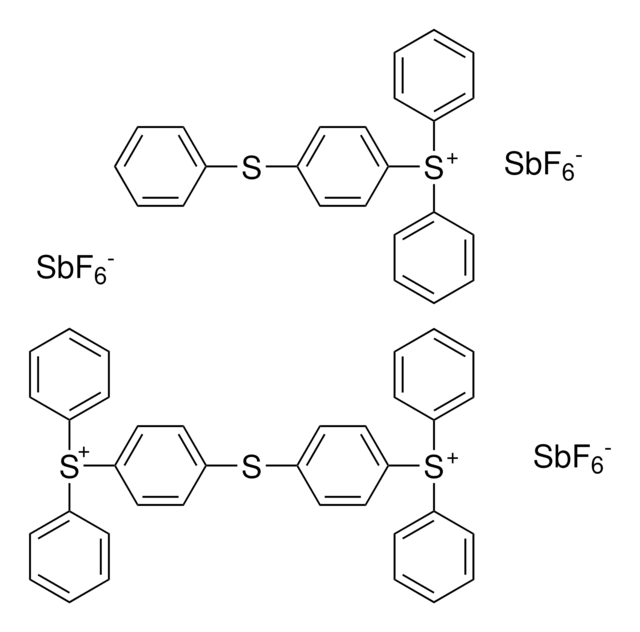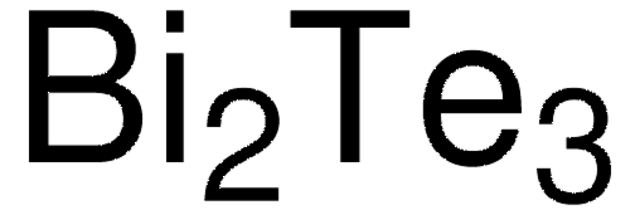256544
Cadmium telluride
powder, <250 μm, deposition grade, ≥99.98% trace metals basis
About This Item
Productos recomendados
grade
deposition grade
assay
≥99.98% trace metals basis
form
powder
particle size
<250 μm
bp
1130 °C
mp
1092 °C
density
6.2 g/mL at 25 °C (lit.)
SMILES string
[Cd]=[Te]
InChI
1S/Cd.Te
InChI key
RPPBZEBXAAZZJH-UHFFFAOYSA-N
¿Está buscando productos similares? Visita Guía de comparación de productos
General description
Application
Packaging
signalword
Warning
hcodes
Hazard Classifications
Acute Tox. 4 Dermal - Acute Tox. 4 Inhalation - Acute Tox. 4 Oral - Aquatic Acute 1 - Aquatic Chronic 1
Storage Class
11 - Combustible Solids
wgk_germany
WGK 3
flash_point_f
Not applicable
flash_point_c
Not applicable
ppe
dust mask type N95 (US), Eyeshields, Gloves
Elija entre una de las versiones más recientes:
¿Ya tiene este producto?
Encuentre la documentación para los productos que ha comprado recientemente en la Biblioteca de documentos.
Nuestro equipo de científicos tiene experiencia en todas las áreas de investigación: Ciencias de la vida, Ciencia de los materiales, Síntesis química, Cromatografía, Analítica y muchas otras.
Póngase en contacto con el Servicio técnico










